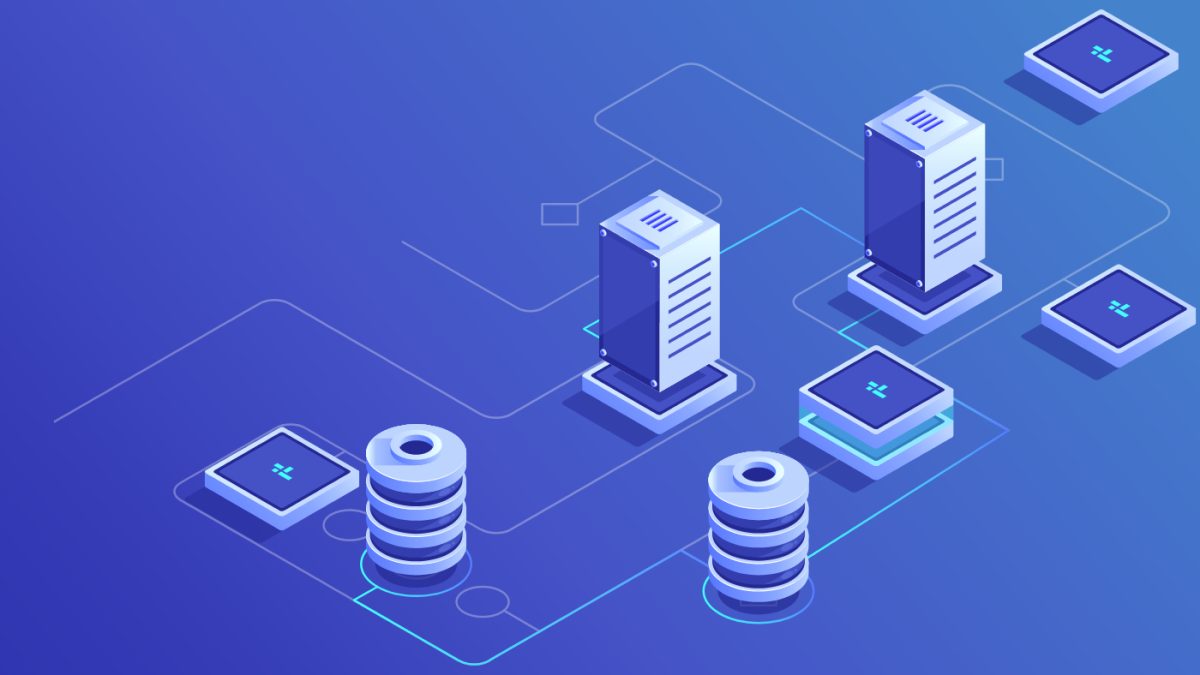Oracle FastConnect from your Datacenter & what you should know in 2025
Building a strong, low latency, and cost-effective network Oracle FastConnect cloud connection from your data center is a common use case we help design with customers regularly. Often, enterprises need a FastConnect 3rd party provider in minutes for a Proof of Concept or a new SaaS tool launched,d and must be available/reachable to OCI.

Each company has a unique requirement to establish an on-ramp for Oracle FastConnect as they might have an established MPLS network, Internet only, private SDWAN or be near some amazing Dark Fiber options they would like to use. What is the right cloud connection to FastConnect? The easy answer is it depends on the providers, some have easy and more difficult options to make this work.
If you haven’t read our blog on 5 ways to connect to OCI, spend the extra 5 minutes because we share our insights from real-world examples. Oracle has quickly ramped up its status in the cloud, just read what Gartner’s Magic Quadrant had to say about them.
3 OCI FastConnect Selection Tips
- Document your network topology
It sounds basic and elementary however 40% of the conversations we have with clients who need to route traffic to Oracle FastConnect do not have a layer 2-3 visio design in place. This does not mean they are unsure of their network, quite the opposite. Often it’s more in their head or partially completed because the network is a pretty fixed component which does not change. Document this out, it will help engineers such as Macronet Services quickly assess latency, cost, reachability, and critical workload needs within OCI.
- Understand your application latency
This is critically important to understand how your workloads must meet below the threshold of your application being successful or a complete failure. Consider remote users, DR/failover to other OCI Availability Domains, and SaaS application requirements.
- Start the design conversation early
We understand the network is not always fun or glamorous, however it is important. 25% of the deployments we design involve a carrier who might require longer install timelines to complete a FastConnect connection over MPLS, SDWAN, or a Private Line. You do not want to have solid OCI architecture ready for elastic builds only to realize there is now a wait on the network. Don’t forget, that OCI provides free certification to learn about their concepts including FastConnect, take advantage of this!
Download the FREE eBook on data center colocation providers & cloud onramp options
Oracle FastConnect Networking Concepts
If you have not looked up the FastConnect networking concepts especially how public vs. private peering works with their cloud, it’s highly recommended. Why? Some carriers have not established private peering CIDRs correctly or only offer public peering for specific OCI workloads. This is very important if you have an existing telecom carrier you plan to work with.
Taken directly from the Oracle Cloud Documentation page on Peering:
- Private peering: To extend your existing infrastructure into a virtual cloud network (VCN) in Oracle Cloud Infrastructure (for example, to implement a hybrid cloud or a lift and shift scenario). Communication across the connection is with IPv4 private addresses (typically RFC 1918).
- Public peering: To access public services in Oracle Cloud Infrastructure without using the internet. For example, Object Storage, the Oracle Cloud Infrastructure Console and APIs, or public load balancers in your VCN. Communication across the connection is with IPv4 public IP addresses. Without FastConnect, the traffic destined for public IP addresses would be routed over the internet. With FastConnect, that traffic goes over your leased physical connection. For a list of the services available with public peering, see FastConnect Supported Cloud Services. For a list of the regions with address ranges (routes) that Oracle advertises by default for each of the four markets, see FastConnect Public Peering Advertised Routes. You can adjust the routes advertised to your on-premises network using the route filtering settings for your connection
Many carrier teams do not fully understand how to establish point-to-point or point-to-multipoint options in OCI. They will put the responsibility on the customer to establish cross-connects or colo NID devices to make their connection work. This is not always conducive for enterprises as the whole goal of a 100% cloud-native or cloud-enabled environment is to remove themselves from the datacenter responsibilities.
Contact Macronet for an OCI specialist at no cost to assess your environment now before you begin migrating! Let’s make sure you have the best option and plan established so the bits fly exactly to OCI as you want them to.
Tags In
Recent Posts
- How Laser Satellite Communication Breakthroughs Compete with Starlink
- AI-Powered Humanoid Robots: Transforming Business, Homes & Connectivity
- Top IT & Network Design Consultants in Boston and New England: Macronet Services
- Top AI Consultants in New England: Why New Hampshire’s Macronet Services Shines in Boston and Beyond
- IXPs in the US and Internet Peering
Archives
- July 2025
- June 2025
- May 2025
- April 2025
- March 2025
- February 2025
- January 2025
- December 2024
- November 2024
- October 2024
- September 2024
- August 2024
- July 2024
- June 2024
- May 2024
- April 2024
- March 2024
- February 2024
- January 2024
- December 2023
- November 2023
- October 2023
- September 2023
- August 2023
- July 2023
- June 2023
- May 2023
- April 2023
- March 2023
- February 2023
- January 2023
- December 2022
- November 2022
- October 2022
- September 2022
- August 2022
- July 2022
- June 2022
- May 2022
- April 2022
- March 2022
- February 2022
- January 2022
- December 2021
- November 2021
- October 2021
- September 2021
- August 2021
- July 2021
- June 2021
- May 2021
- April 2021
- March 2021
- December 2020
- September 2020
- August 2020
- July 2020
- June 2020
Categories
- All (19)
- Satellite (1)
- Artificial Intelligence (3)
- Travel (1)
- Sports (1)
- Music (1)
- News (271)
- Design (3)
- Clients (12)
- Uncategorized (1)
- Tips & tricks (25)
- Inspiration (9)
- Client story (1)
- Unified Communications (196)
- Wide Area Network (308)
- Cloud SaaS (60)
- Security Services (71)






